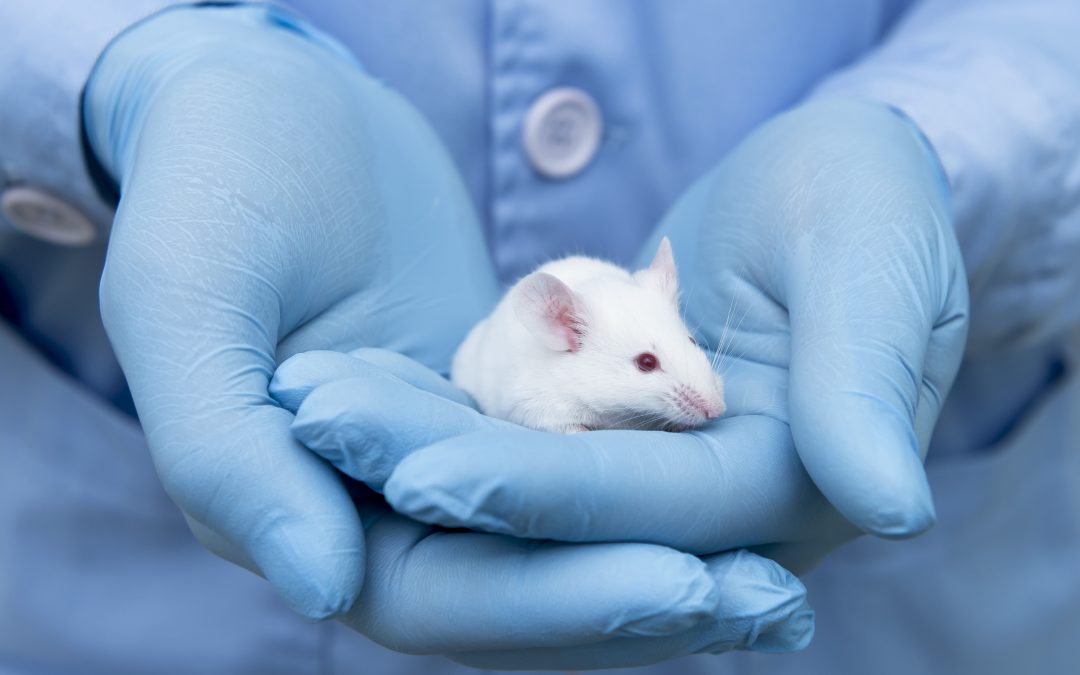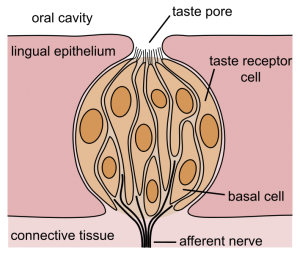According to the CDC, more than one-third (36.5%) of adults in the United States are clinically obese. The obesity epidemic costs the country billions of dollars annually in treating diseases arising from the condition, such as hypertension, Type 2 diabetes, heart disease, and others. Obesity is a national health issue with multiple causes, so efforts to fight it are occurring on multiple fronts.
One of the approaches being taken to understand a cause of obesity comes in the form of studying how the sense of taste differs between people who are obese and people who are not. We know that obese people have reported a weakened sense of taste, which may be part of the problem. If they don’t get the same intensity of neurological response to eating as non-obese people, they may be eating more to compensate for that weakened stimulus. Understanding what causes this response might open new avenues to combat obesity.
A study earlier this year compared the taste buds of obese mice with the taste buds of normal mice. The scientists fed some mice a high fat diet, while others got a standard diet. Scientist found that the mice that were fed the high fat diet had about 25% fewer taste buds than the normal mice. The scientists were also able to narrow down the cause of this reduction as well. Obesity is known to trigger chronic, low-level inflammation throughout the body (in both humans and mice). This inflammation triggers the immune system to release a protein called cytokine to combat the inflammation. The cytokine seems to damage taste buds, causing them to die off more quickly than they can be replaced (taste buds are replaced every 10 days on average in a healthy individual).
When the researchers genetically engineered mice that were unable to produce cytokine, they didn’t show any loss of taste buds when on the high fat diet. Mice that were genetically engineered to be obesity-resistant also showed no loss in taste buds, meaning that the taste bud loss was most likely caused by the body’s metabolic response to being in an obese state. With information like this, scientists could look for a way to regrow lost taste buds as a novel approach to fight obesity.
For similar experiments involving mice or other rodents, Powers Scientific offers rodent chambers that are adaptable to a variety of environments. Our chambers offer a temperature and lighting controlled environment with a temperature range of 6.5-50°C, and 0-15 fresh air exchanges per hour. Each chamber comes equipped with features such as clock-controlled lighting, solid doors, an interior outlet and access port, doors locks, an audible/visual alarm with relay, stainless steel construction, and casters. Many other options are available, including additional lighting or LED lighting, dual or multi-point temperature control for temperature stressing, top-mounted or remote compressors, extra-deep sizes, or RS-232 or data retransmit outputs. Our chambers are all built to order, allowing the individual researcher to tailor the incubator to fit the required parameters of the experiment without paying for features that aren’t needed.
For more information on our rodent incubators, see our product page, visit our contact page or call us at (800) 998-0500 and request a quote.


